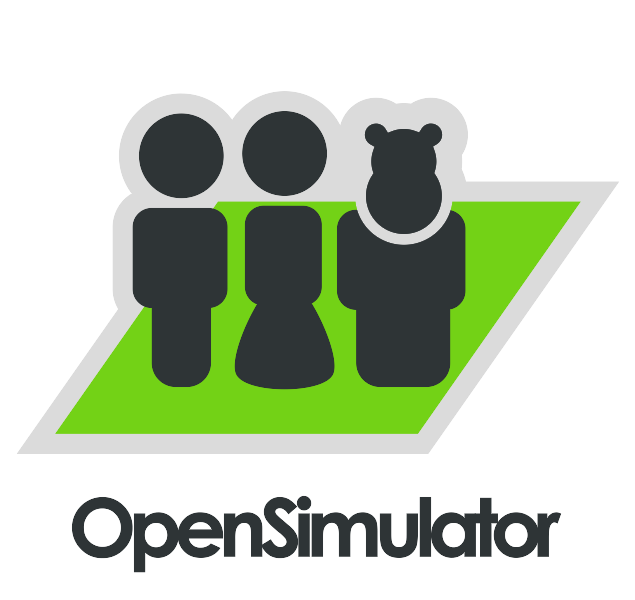The Dawn of The Open Source Metaverse
Let’s go back a few years — late 2005, in fact. About that time, Second Life was aggressively competing with There.com and IMVU. And Philip Linden made a surprising announcement: that they were working on releasing Second Life as open source software. The hopes were high, since it was clear that expanding the metaverse would require, at some point, a freely available technology that did basically what Second Life was already doing so well. Clearly, an “open source Second Life” would, at some point, be the way to go.
It was not until much later, in 2007 to be more precise, when things really started to become interesting. When Linden Lab released their client as open source code, developers could finally take a look at how things are done in terms of communications. You see, Second Life is not really the hardware, or the server software, or the client software: it’s the software architecture and the communication protocol.
Reverse-engineering the whole protocol was a daunting task, even with a friendly hand from Linden Lab employees, but libopenmetaverse (formerly known as libsecondlife) was born, with all the pitfalls it brought: namely, a very easy way to copy content. But this was the first step towards a far more interesting project. Not making a new SL client — as probably Linden Lab expected — but a new server.
This project started early 2007, and what is surprising is how quickly it progressed. The core team is actually small, as most of these open source projects tend to be. Linden Lab was very encouraging — who knows, probably they could come up with something that LL didn’t ever think before (and my, haven’t they…). Also, it was quite exciting to see a small group of enthusiastic hard-core programmers doing from scratch what Linden Lab was doing in the remote days of late 1999. Eight years later, the wheel was being reinvented from scratch, but it was far more than “just another wheel”. The open source metaverse was born.
One might argue that there are plenty of open source virtual worlds out there. Well, there certainly are. Many of them would probably be usable as the base for an open source metaverse, with enough tweaking. VRML/X3D is still a strong candidate. People still haven’t given up on OpenCroquet. There are plenty of semi-abandoned projects on all sorts of open source repositories around the ‘net.
But there is only a single technology that allows you to use the very same 3D viewer downloaded by 16 million people to connect to a virtual world. Or rather, several virtual worlds. Which can even be interconnected (more on that later).



